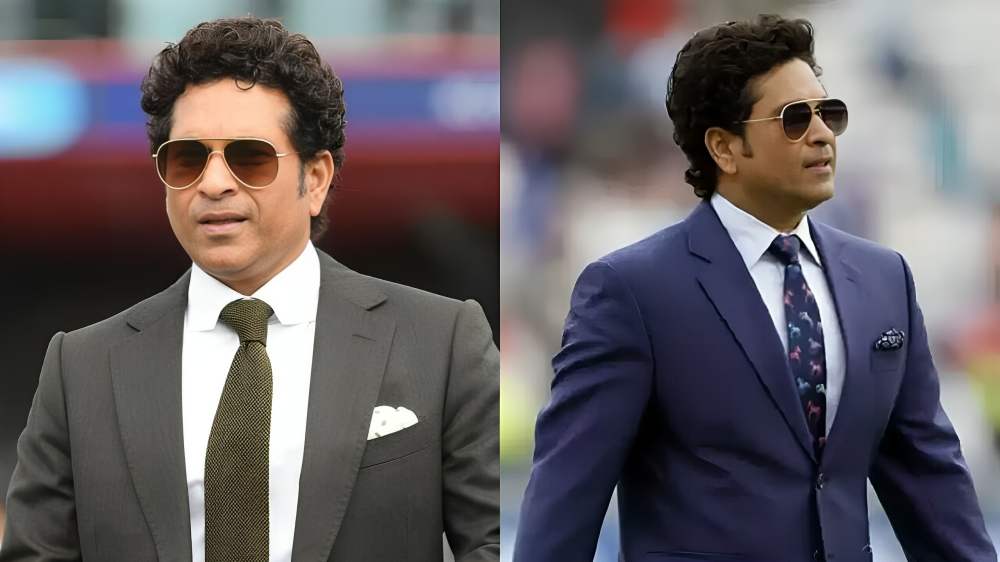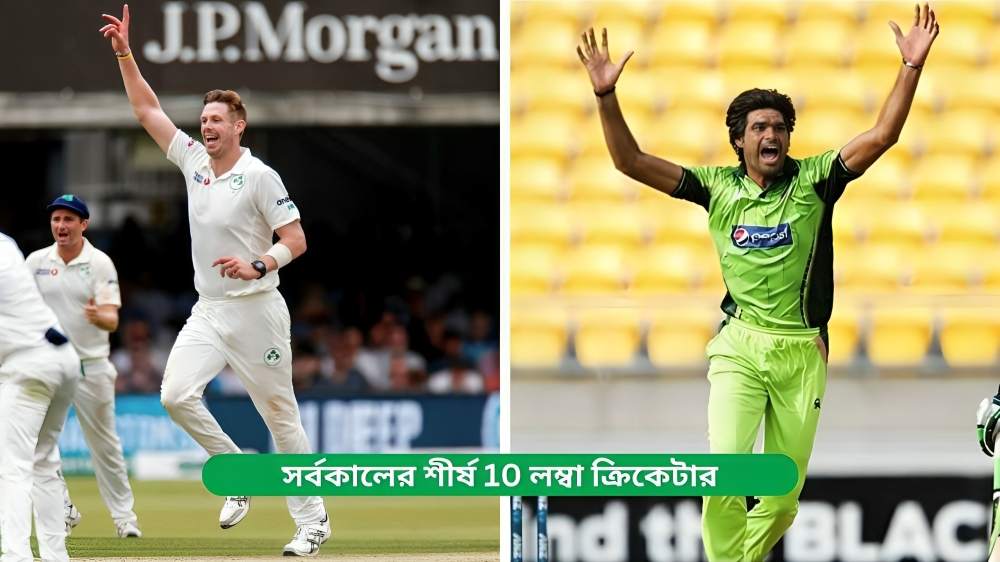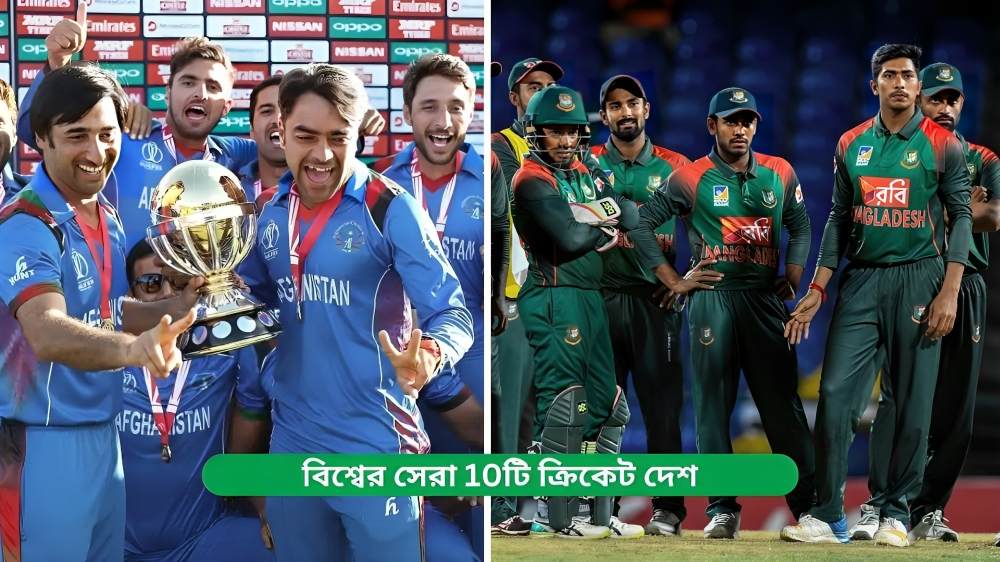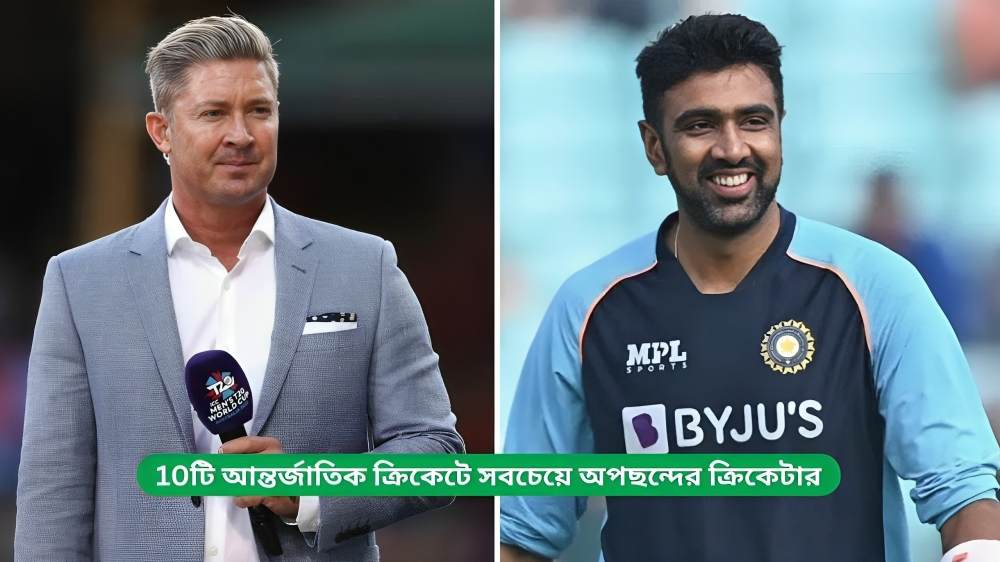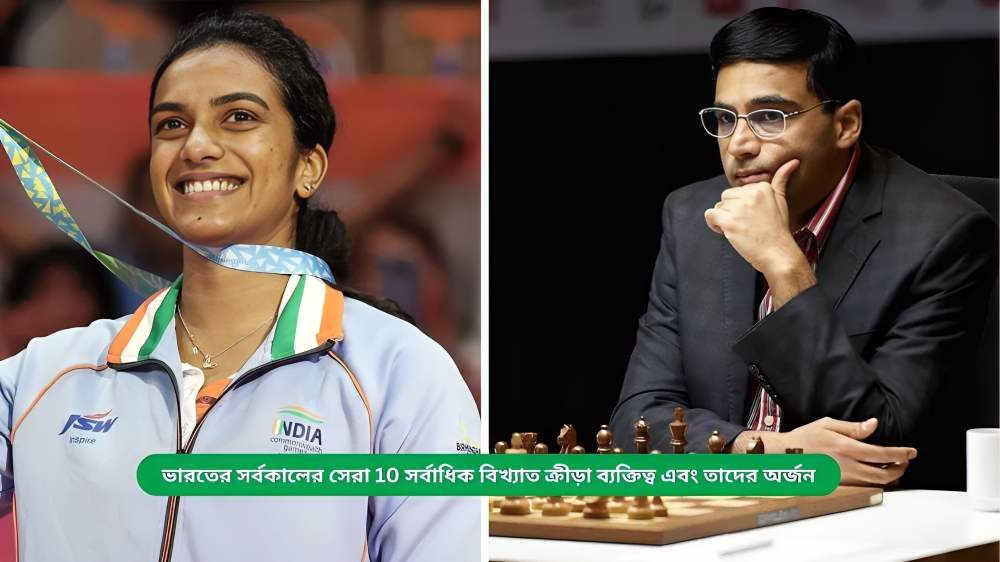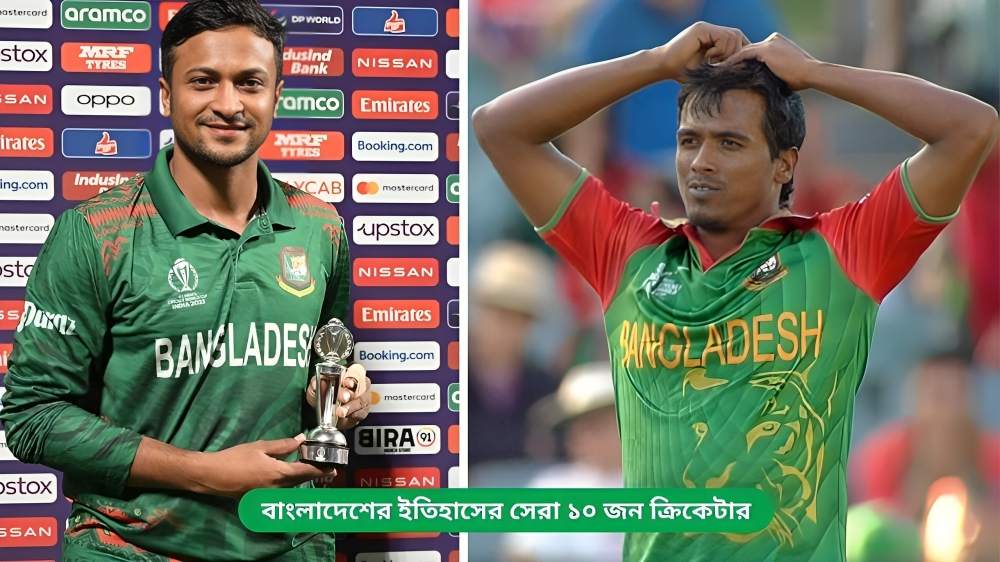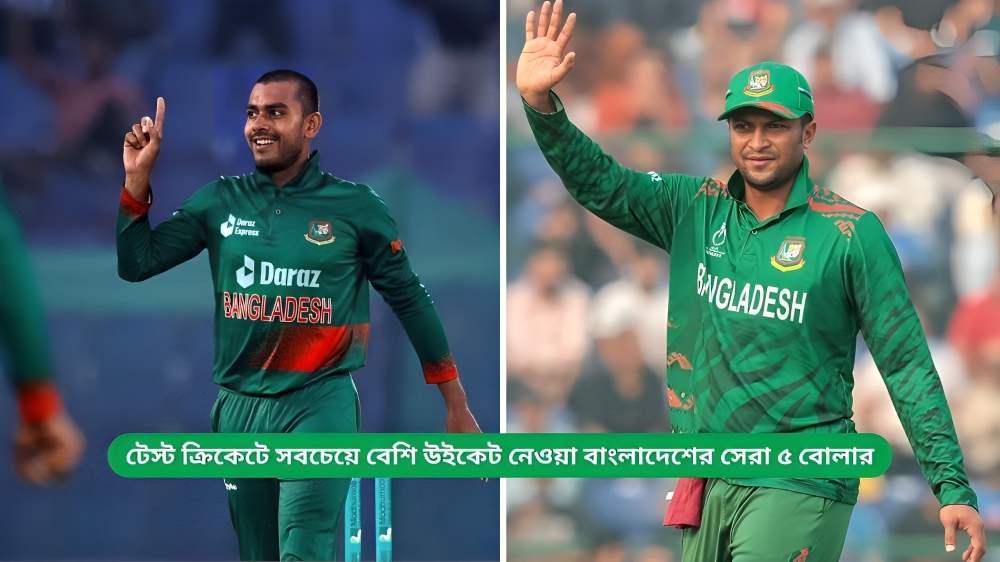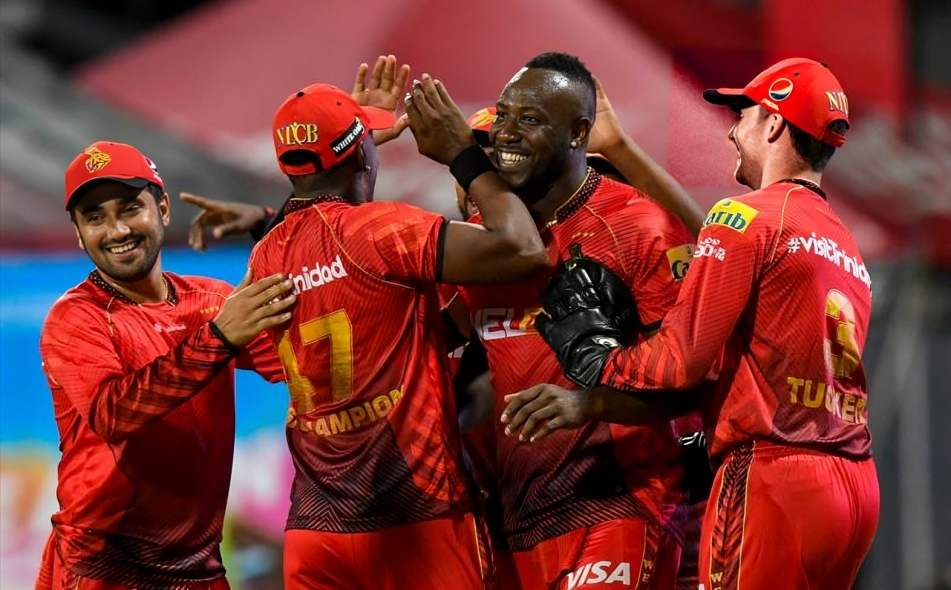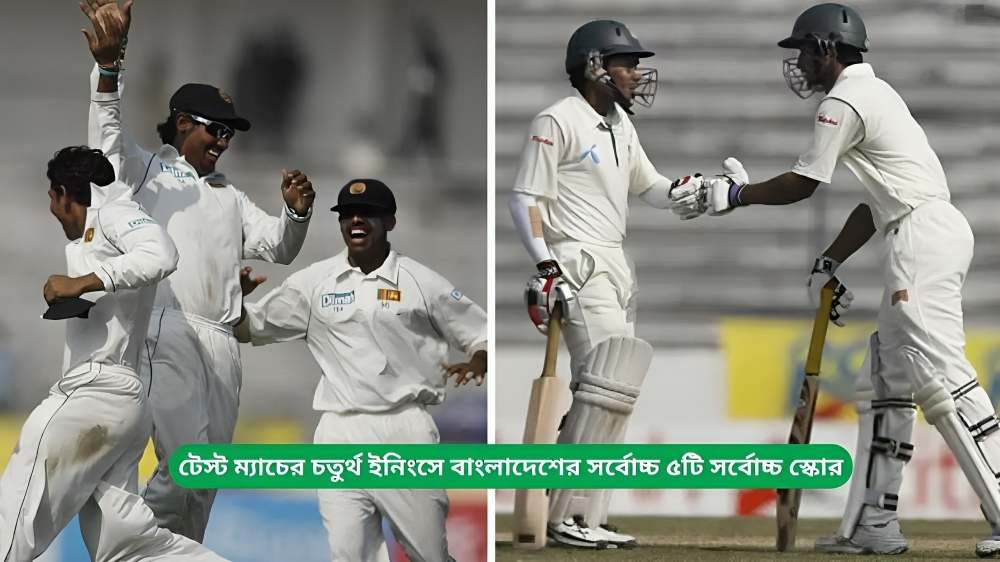The retirement age for cricketers varies widely and is influenced by factors such as fitness, performance, and career longevity in different formats. Generally, cricketers tend to retire from international formats in their mid-to-late 30s, though this varies:
Fitness and Performance

The physical demands of cricket, especially roles like fast bowling, often lead players to retire earlier as age affects fitness and recovery times. Batsmen and spin bowlers may extend their careers, though age influences reaction times and endurance, essential in international competition. Personal factors, such as balancing family life, injuries, or a desire to pursue other interests, also play a significant role in deciding retirement timing for many cricketers.
Formats
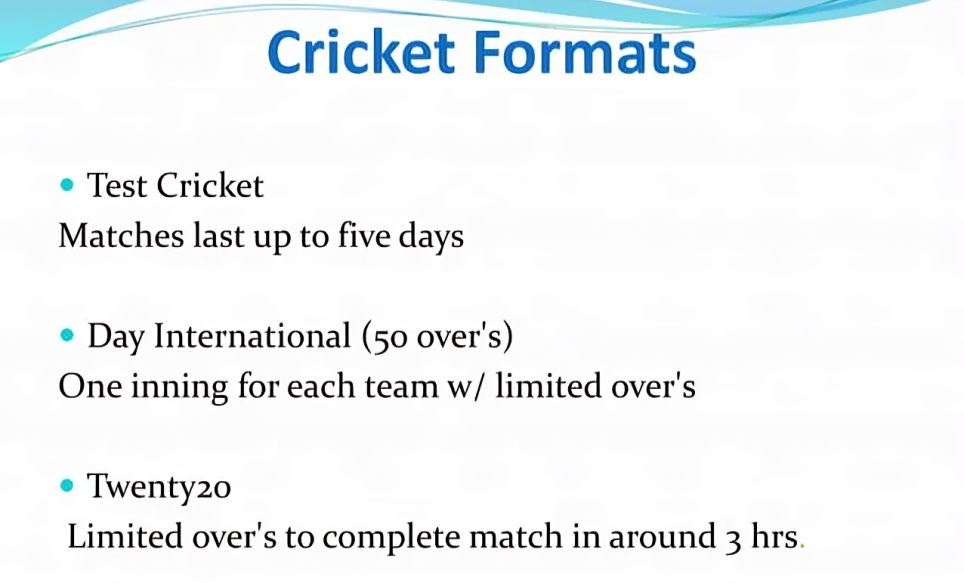
Cricketers often choose to retire from longer formats like Tests and ODIs by their early to mid-30s, prioritizing shorter formats or T20 leagues, which require less endurance and allow for extended careers. This strategy helps manage physical demands and maintain high performance in fast-paced formats. Some players also choose selective formats based on their personal preferences, career goals, or fitness levels, with retirement timing influenced by individual career plans and team needs.
Injury Management

Chronic injuries often influence a cricketer’s retirement, particularly for fast bowlers and wicketkeepers who endure higher physical strain due to repetitive motions and demanding movements. These players are more prone to issues like back problems, joint pain, and other stress-related injuries. Managing ongoing injuries can limit their performance over time, leading many to retire earlier than players in less physically demanding roles.
Post-Cricket Careers

Many retired cricketers pursue post-cricket careers that leverage their expertise. Coaching and mentoring allow them to stay close to the sport, sharing their knowledge with upcoming players. Commentary and media roles are also common, where they provide insights and analysis, often for major sports networks. Management roles within cricket boards, or even franchise team administration, are additional paths that former players explore. These career opportunities often influence when cricketers choose to retire, as shifting into these roles can provide a steady income and keep them actively engaged in the cricketing world.
Personal Goals and National Team Changes

Cricketers often retire based on personal goals, such as reaching specific career milestones or achieving personal records. Changes in national team dynamics, particularly with younger players emerging, also influence retirement decisions. Many players step back to make way for fresh talent, while others may shift focus to domestic leagues or coaching roles after assessing their fitness levels and future ambitions. Retirement timing can thus vary widely, reflecting each cricketer’s individual goals, team strategies, and personal readiness for a new phase in their career.
Retirement decisions vary greatly, with some players continuing into their 40s, particularly in domestic leagues, while others retire earlier due to physical or personal reasons.


